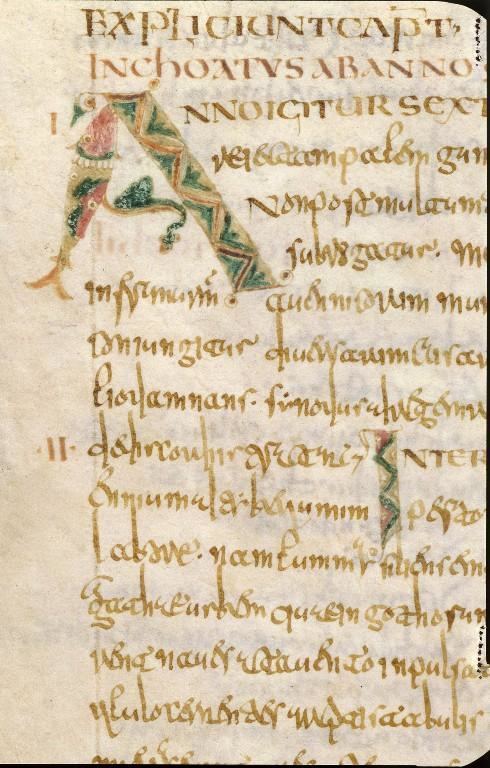 | ||
The Franks were originally led by dukes (military leaders) and reguli (petty kings). The Salian Merovingians rose to dominance among the Franks and conquered most of Roman Gaul. They also conquered the Gaulish territory of the Visigothic Kingdom in 507. The sons of Clovis conquered the Burgundians and Alamanni. They acquired Provence and made the Bavarii and Thuringii their clients. The Merovingians were later replaced by a new dynasty called the Carolingians in the 8th century. By the end of the 9th century, the Carolingians themselves were replaced throughout much of their realm by other dynasties. The idea of a "King of the Franks" or Rex Francorum gradually disappeared over the 12th and 13th centuries.
Contents
- Early rulers and Ripuarians
- Rulers of the Salians
- Merovingian kings of the Franks
- Mayors of the palace
- Kings of the Franks
- References
A timeline of Frankish rulers is difficult since the realm was, according to old Germanic practice, frequently divided among the sons of a leader upon his death and then eventually reunited.
Early rulers and Ripuarians
This list of early rulers is incomplete, as our sources leave open many gaps.
Rulers of the Salians
All of the following may have been related to Clovis in some degree and eventually removed by before 509:
Merovingian kings of the Franks
Clovis I united all the Frankish petty kingdoms as well as most of Roman Gaul under his rule, conquering the Domain of Soissons of the Roman general Syagrius as well as the Visigothic Kingdom of Toulouse. He took his seat at Paris, which along with Soissons, Reims, Metz, and Orléans became the chief residences. Upon his death, the kingdom was split among his four sons:
Chlothar I eventually (558-561) inherited all of the Frankish kingdoms after the deaths of his brothers or their successors. After his own death, the kingdom was once again split among his four sons:
Chlothar II defeated Brunhilda and her grandson, reunifying the kingdom. However, in 623, in order to appease particularistic forces and also to secure the borders, he gave the Austrasians his young son as their own king. His son and successor, Dagobert I, emulated this move by appointing a sub-king for Aquitaine, with a seat at Toulouse, in 629 and Austrasia in 634.
Theuderic III was recognized as king of all the Franks in 679. From then on, the kingdom of the Franks can be treated as a unity again for all but a very brief period of civil war. This is the period of the "idle kings" who were increasingly overshadowed by their mayors of the palace.
Mayors of the palace
The Carolingians were initially mayors of the palace under the Merovingian kings, first in Austrasia and later in Neustria and Burgundy. In 687, Pippin of Heristal took the title Duke and Prince of the Franks (dux et princeps Francorum) after his conquest of Neustria in at the Battle of Tertry, which was cited by contemporary chroniclers as the beginning of Pippin's reign. Between 715 and 716, the descendants of Pippin disputed the succession.
In March 752, Pippin III became the King of the Franks and the office of mayor disappeared. The Carolingians displaced the Merovingians as the ruling dynasty.
Kings of the Franks
Louis the Pious made many divisions of his empire during his lifetime. The final division, pronounced at Worms in 838, made Charles the Bald heir to the west, including Aquitaine, and Lothair heir to the east, including Italy and excluding Bavaria, which was left for Louis the German. However, following the emperor's death in 840, the empire was plunged into a civil war that lasted three years. The Frankish kingdom was then divided by the Treaty of Verdun in 843. Lothair was allowed to keep his imperial title and his kingdom of Italy, and granted the newly created Kingdom of Middle Francia, a corridor of land stretching from Italy to the North Sea, and including the Low Countries, the Rhineland (including Aachen), Burgundy, and Provence. Charles was confirmed in Aquitaine, where Pepin I's son Pepin II was opposing him, and granted West Francia (modern France), the lands west of Lothair's Kingdom. Louis the German was confirmed in Bavaria and granted East Francia (modern Germany), the lands east of Lothair's kingdom.
The following table does not provide a complete listing for some of the various regna of the empire, especially those which were subregna of the Western, Middle, or Eastern kingdom such as Italy, Provence, Neustria, and Aquitaine.
